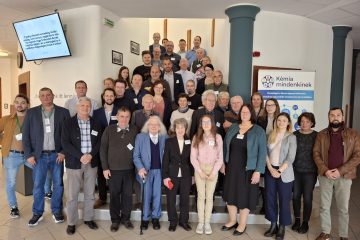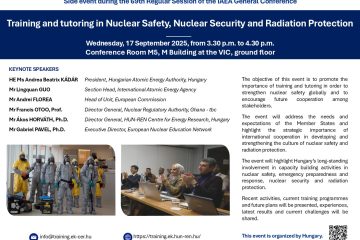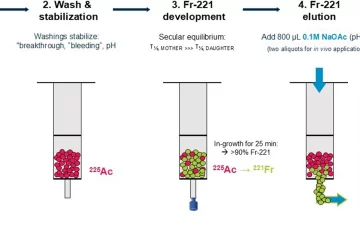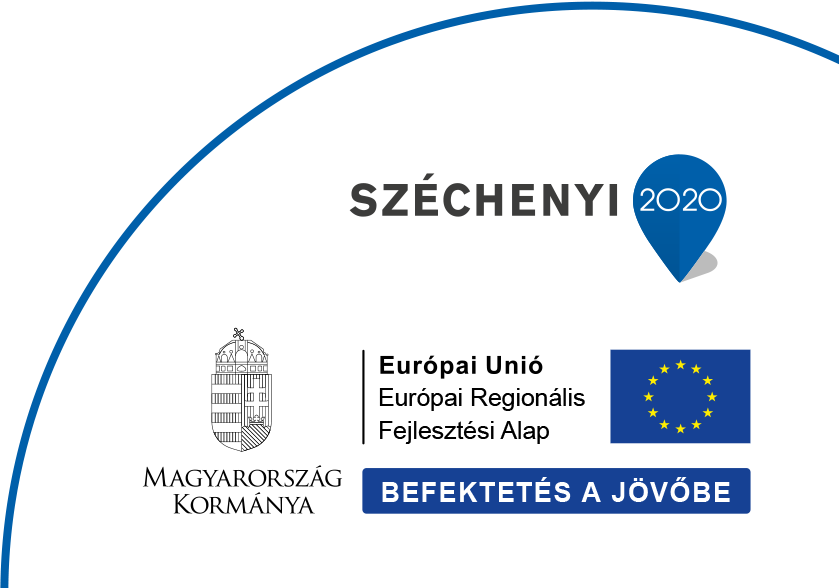A unique radiological exercise took place on October 11 at the National Athletics Centre in Budapest. The participating Hungarian authorities simulated the prevention and counter of a radiological terrorist attack with representation of international experts.
At the request of the European Commission’s Directorate-General for Migration and Home Affairs (DG HOME), the international exercise was organized by the HUN-REN Centre for Energy Research (HUN-REN EK-CER), the National Investigation Bureau of the Rapid-Response Police (KR NNI) and the Counter Terrorism Center (TEK) to counter a radiological terror attack using a radiological dispersal device at a major public event in Budapest, Hungary. The exercise took place at the site of the 2023 World Athletics Championships in Budapest with participation of international and national nuclear security and CBRN experts. The exercise was the demonstration of the capabilities and good practices of the Hungarian authorities and the scientific support organization.
The experts had the opportunity to learn the background of the hypothetical scenario of the exercise based on a pre-recorded video produced by the HUN-REN EK-CER. The video introduced that a terrorist group smuggled nuclear and other radioactive materials across the Hungarian borders in order to carry out a radiological terror attack at one or more major public events in Budapest, Hungary. The exercise was focusing on radiation detection, immediate response to the radiological event including neutralization of the explosive device, radiological crime scene management and in-field nuclear forensic examination. The TEK, KR NNI and HUN-RE CER demonstrated what would happen in a real situation. As a result of the introduction of enhanced security measures and the alarm of the portable radiation detection equipment, the operation unit of the TEK captured the driver of the van carrying the nuclear material, and the Police patrols began to evacuate the Stadium, which was simulated by volunteer students of the National University for Public Service (NKE). At the same time, TEK’ bomb disposal experts started to work on neutralization of the explosive device. The TEK’s CBRN unit (Chemical, Biological, Radiological, Nuclear) was tasked with locating the radioactive material in the vehicle, determining the dose rate and, depending on it, calculating the time the bomb disposal expert could spend on the scene with the support of the radiation protection expert of the EK. In between, all the response personnel and all the equipment used at the scene were checked for radioactive contamination. The TEK also demonstrated the decontamination of the bomb disposal expert.
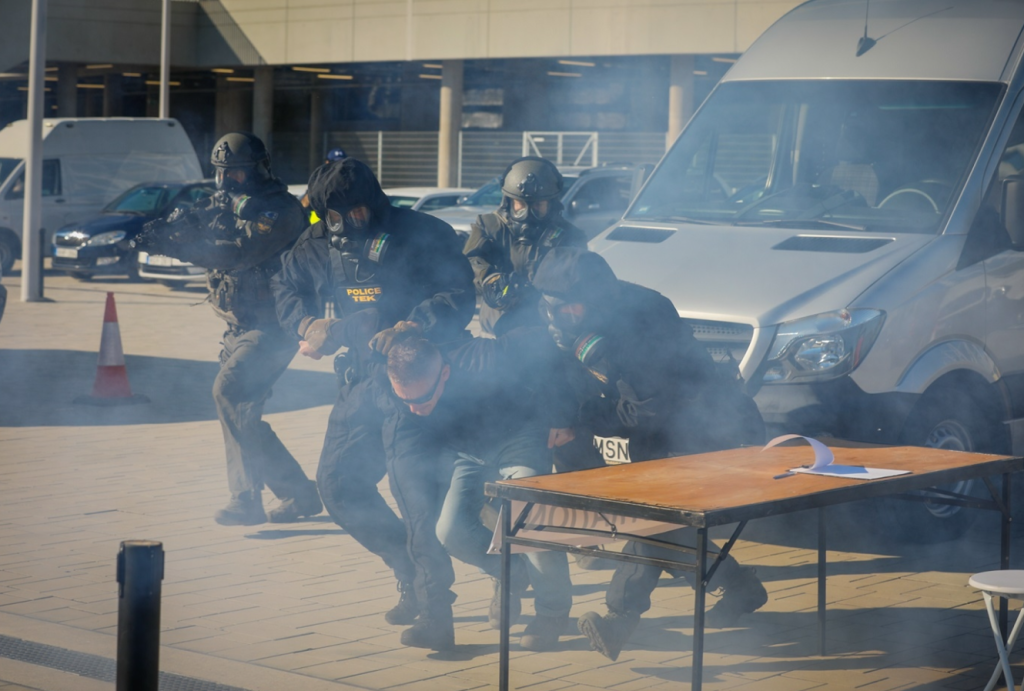
Exercise of the Counter Terrorism Centre – to arrest the suspect
The major focus was on cooperation, as the elaborated protocol enables TEK’s special units to work in parallel at the same scene, helping each other’s activities. On the occasion of the exercise – as would happen in a live situation – the National Directorate General of Disaster Management (OKF) provided technical assistance in ensuring the mass decontamination, but they also provided support for decontamination of the response personnel of the TEK.
After the major activity of the TEK, the tasks of the Hungarian Police Criminal Forensics Department came into focus. At a crime scene that is contaminated with radioactive materials, crime scene investigators must follow a completely different protocol when collecting evidences. The collection and examination of criminal evidences contaminated with radionuclides is also challenging and needs special protocols. A special operating procedure for radiological crime scene management was developed by the KR NNI Criminal Forensics Department together with HUN-REN EK-CER in the framework of a joint project supported by the Ministry of Interior that was demonstrated at the exercise.
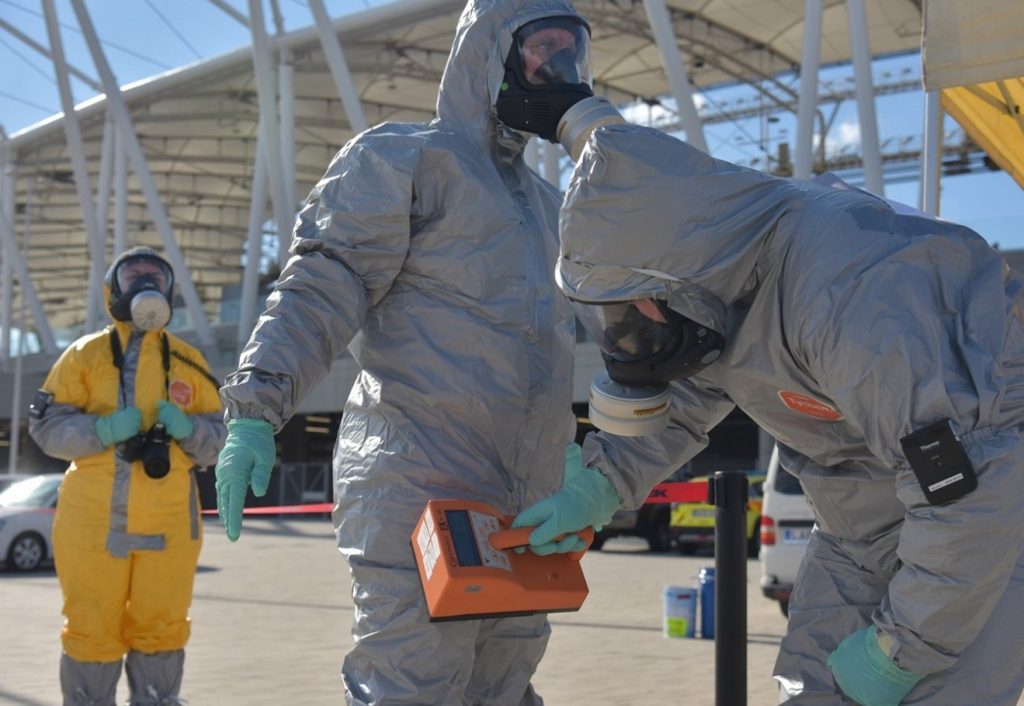
Radiation Protection service provided by the HUN-REN EK-CER
During the exercise, the in-field forensic examination of a mobile phone contaminated with radionuclides and collected DNA sample was presented using special protective equipment such as a glove box and a portable DNA analyzer. The in-field examination of evidences is necessary due to obtain information as soon as possible in order to support the criminal investigation and to prevent a potential second attack.
Opening remarks of the event were given by Ms. Mónika Herczeg, r. Colonel, Head of the European Internal Affairs Cooperation Department of the Ministry of the Interior, and Dr. Ulla Engelmann, Director of the EC JRC. The exercise was closed with speeches from Mr. Áron Jeney r. Major General, Director of the NNI, Dr. Klaus Mayer, Head of the Nuclear Safeguards and Nuclear Security Unit of the EC JRC, and by Dr. Ákos Horváth, Director General of the HUN-REN Centre for Energy Research.
The exercise was fully supported by the DG HOME and the EC JRC.
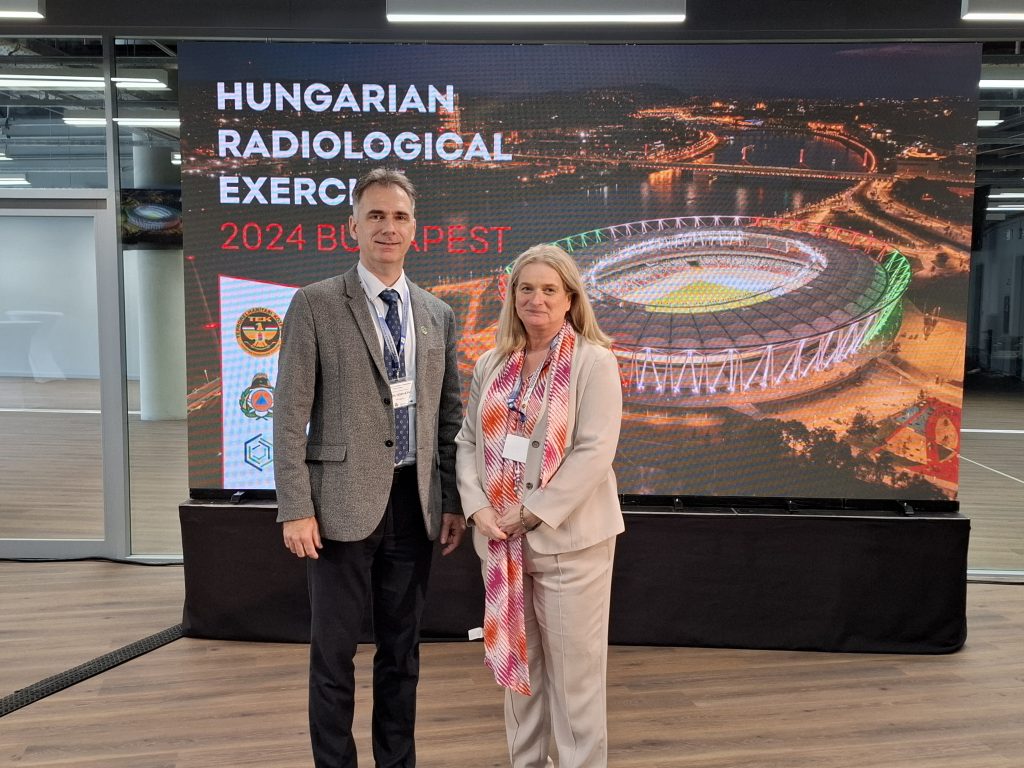
Dr. Ákos Horváth, Director General of the HUN-REN EK-CER and Dr. Ulla Engelmann, the Director for Nuclear Safety and Security of the EC JRC
The prevention, detection and response to a radiological terror attack is a global challenge that can be successful with the broad cooperation of relevant organizations, national competent authorities. The main goal of the DG HOME is to assist Member States in enhancing their preparedness to combat the illicit use of nuclear or other radioactive materials and to promote development of high level of nuclear security culture within the EU Member States
